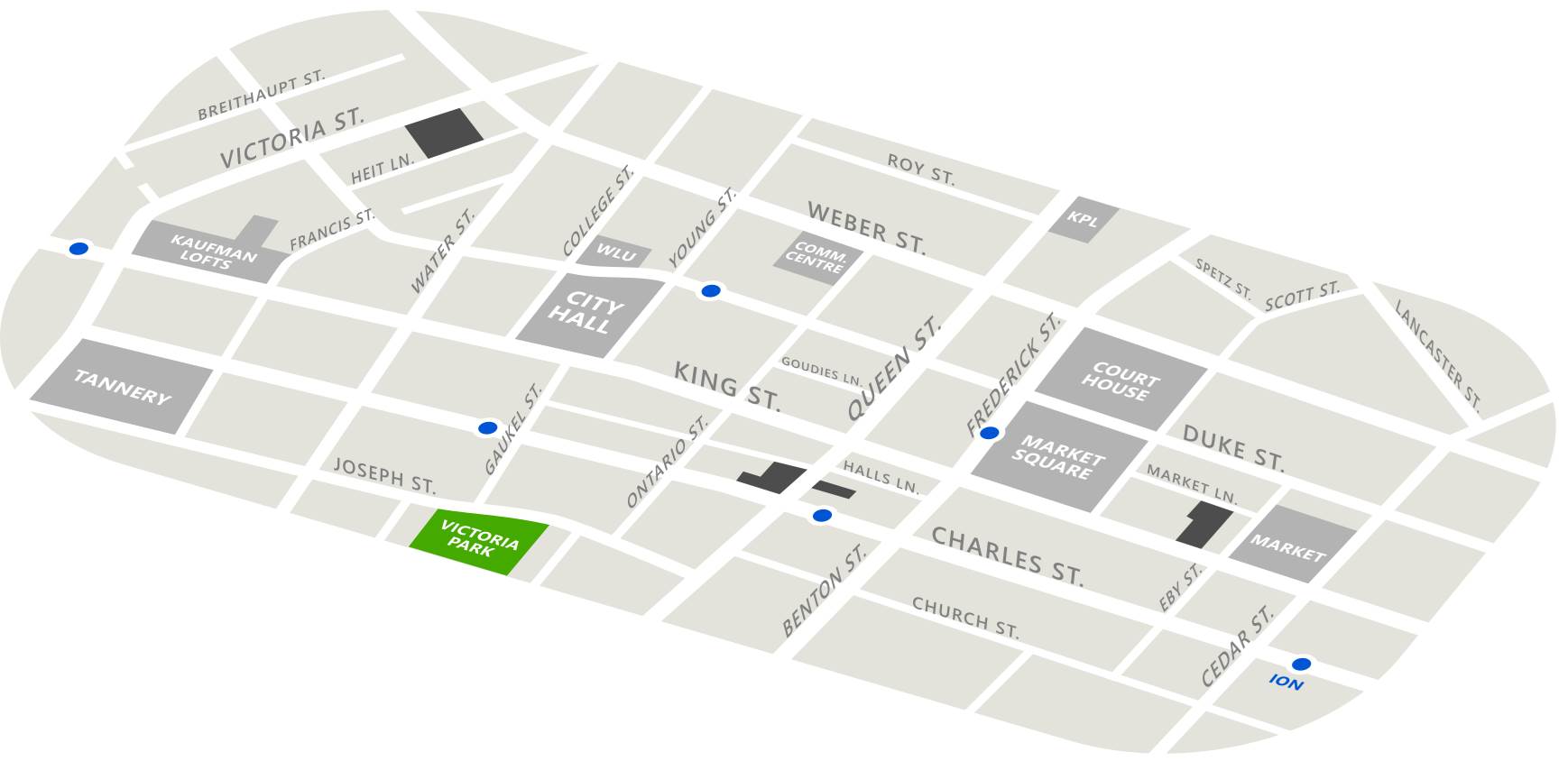By Nathan Stretch
Published in September 2012
Whenever I host a tour of The Working Centre, I am struck by the strong current of underlying commonalities flowing just beneath the surface of our diverse projects, spaces, and tools. Tours often take on a momentum of their own, and as a guide, all I am doing is nosing the craft downriver and helping its inhabitants stay within the fluid influence of Good Work—within sight and spray of emergent and joyful instances of unique community activity.
As we recognize and cross thresholds—from the street into The Working Centre’s hosted, yet public, spaces; from dedicated project space through hallways, stairwells and foyers—we keep our eyes open for signs of a rich community: the presence of volunteers, frugal innovation and repurposed goods, thoughtful and present conversation, practical projects being worked on by two or more people, and increased access to resources that might otherwise be out of reach. The signs of community building and responsiveness are present and easy to see with very little coaching. We soon stop verbalizing their presence and simply enjoy their influence. Diverse projects become familiar even before we encounter them: a clothing store is just like a space dedicated to computer training, the work of employment counsellors and kitchen workers blend and overlap, open spaces at St. John’s Kitchen and the Hacienda Sarria Market Garden are comparable.
And everywhere there are people to help make connections even more obvious. Volunteers, participants and staff (often without labeling themselves as I have just done) approach and host us—eager to give us their time and tell stories of doing Good Work in a spirit of neighbourly friendship. The buildings host us too, their creative spaces and bright colours making pathways and pools of sanguine calm or purposeful productivity for us to immerse ourselves in.
You can’t help but get involved, projects and tools recognize our presence as participation, and we give ourselves over to the activities of the people and spaces we are surrounded by. Tour groups eat a meal with patrons and workers at St. John’s Kitchen, pick a bouquet of garden fresh tea at Grow Herbal Gardens, imagine an alternative way of getting to work at Recycle Cycles, and browse for thrift items at The Green Door and Worth a Second Look. In these ways we stop thinking of ourselves as participants engaged in a tour and begin to contribute, individuals begin building on resonances and join in the conversation of The Working Centre.
